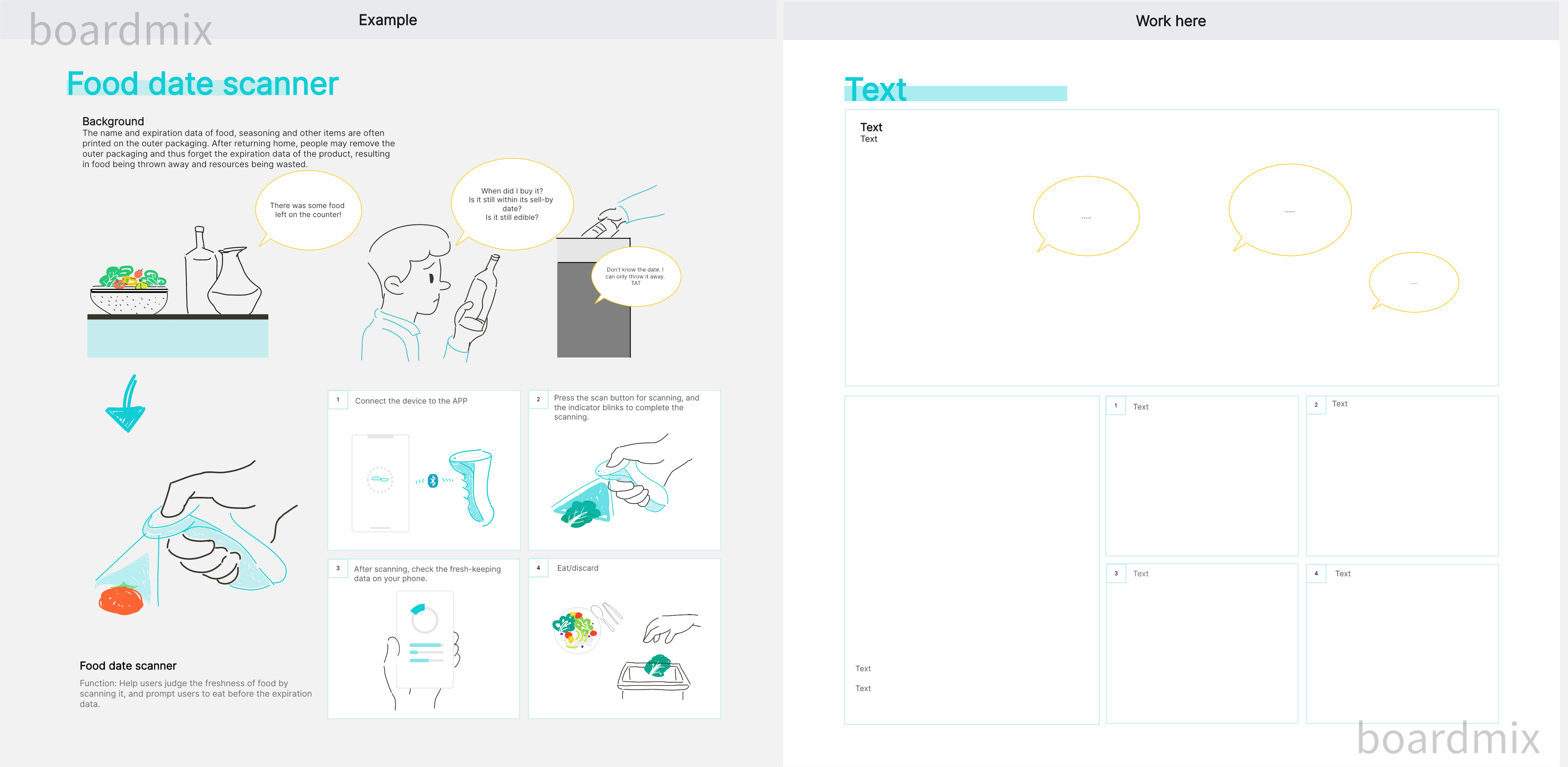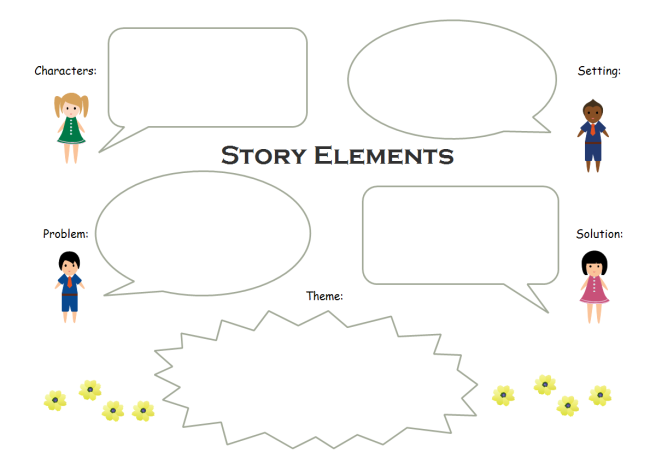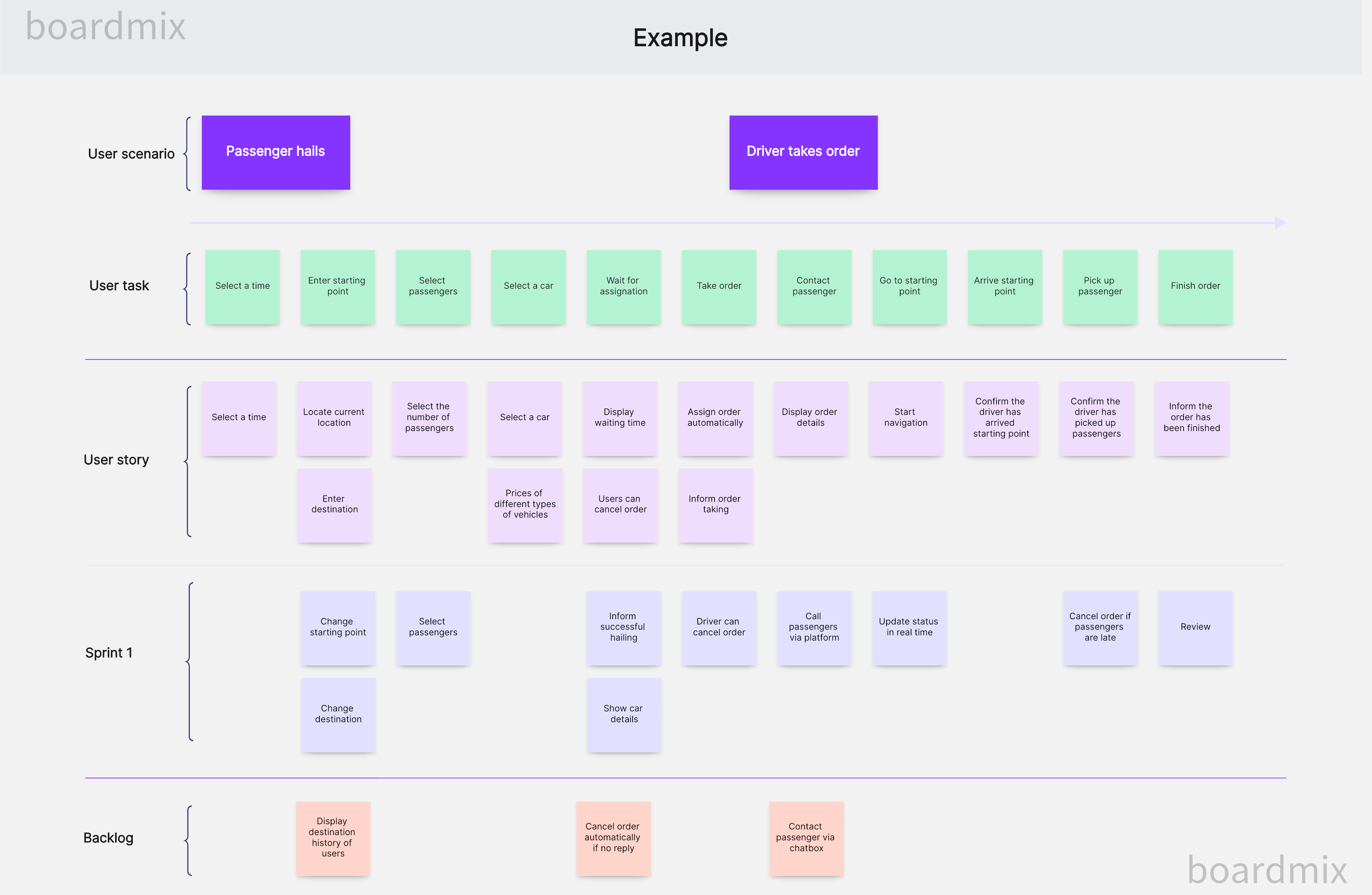A story map graphic organizer is a powerful tool that aids writers and readers alike in navigating the complex elements of storytelling. By visually mapping out the key components of a narrative, a story map makes the process of crafting a well-structured story significantly more manageable. This comprehensive guide delves into the world of story map graphic organizers, their benefits, and how to utilize them effectively.
What is a Story Map Graphic Organizer?
A story map is a visual tool that uses a diagram to map out the key elements of a story or narrative. These elements typically include the setting, characters, conflict, plot progression (which can be further broken down into exposition, rising action, climax, falling action, and resolution), and theme.
By visually representing these elements, a Story Map Graphic Organizer helps students and writers to better understand and analyze a story. It aids in identifying relationships between different elements, recognizing narrative patterns, and predicting future events based on current plot progression.
Moreover, it can be particularly beneficial during the pre-writing stage as it assists in planning out a narrative effectively. By providing a clear outline of the story, it guides writers in developing a coherent and engaging narrative.
According to research by Boulineau et al. (2004), using graphic organizers like Story Maps can improve students' reading comprehension skills. Therefore, they are not only useful for writing but also for reading activities.
In conclusion, a Story Map Graphic Organizer is an invaluable tool for both reading and writing narratives. It simplifies complex narratives into understandable parts, making it easier to comprehend, analyze and create stories.

Benefits of Using a Story Map Graphic Organizer
- Enhanced Understanding: graphic organizer story map help in breaking down complex narratives into manageable parts, enhancing comprehension.
- Visual Aid: By providing a visual overview of the entire story, they assist in grasping the connections between different elements.
- Improved Writing Skills: Story maps serve as a blueprint for writing narratives, ensuring logical flow and coherence.
- Aid for Planning: They are effective tools for planning narratives as they provide an organized structure that outlines the entire story.

Types of Story Mapping Graphic Organizers
Story maps serve as a vital tool in understanding the anatomy of a story. By breaking down narratives into their key components, they aid in the comprehension, analysis, and composition of stories. While the central premise remains the same, story map graphic organizers come in different types to cater to varied narratives and usage requirements. Let's explore these types!
1. Basic Story Map
The most straightforward form of a story map includes a story's primary components - setting, characters, conflict, and resolution. This type is best suited for simple narratives or introducing beginners to story mapping.
2. Plot Diagram
This type takes a deeper dive into the plot structure. It divides the plot into exposition, rising action, climax, falling action, and resolution, creating a "mountain shape" diagram that visually depicts the story's progression.
3. Character Map
Focusing on character development, this organizer delves into the personality traits, motivations, relationships, and evolution of characters. It's a valuable tool for in-depth character analysis and development.
4. Conflict Map
Centered around the story's conflict, this organizer maps out the different conflicts in the story (internal/external) and how they're resolved. It helps in understanding how conflicts drive the story forward.
5. Theme Map
This type aims to identify and analyze the underlying themes of a narrative. It involves extracting symbols, motifs, quotes, and instances that point towards the theme.
6. Event Timeline
Chronologically mapping out key events in the narrative, this organizer acts as a visual timeline that aids in understanding the sequence of events and their impact on the story.
7. Multi-Story Comparison Map
Ideal for comparing and contrasting different narratives, this organizer overlaps elements from multiple stories to draw similarities or differences.
8. Interactive Digital Story Map
With technological advances, interactive digital story maps like those offered by Boardmix have become popular. They offer customizable templates and multimedia features to make story mapping more engaging and comprehensive.
How to Use the Boardmix Story Map Graphic Organizer?
The Boardmix Story Map Graphic Organizer is a revolutionary tool that enhances your narrative planning process. Whether you're an author, student, teacher, or professional storyteller, this powerful tool offers you a structured and engaging way to develop and outline your stories. So, how do you use this helpful feature? Let's find out!

Step 1: Accessing the Story Map Tool
Start by logging into your Boardmix account. Once you're in your dashboard, select the 'New Project' button. From the provided options, select 'Story Map Graphic Organizer'.

Step 2: Identify the Key Story Elements
Your first step inside the Story Map organizer should be to identify the critical components of your story. These include the setting, characters, main conflict, major events in the plot, and resolution. The Boardmix organizer will provide designated areas for each of these elements.
Step 3: Filling in the Details
Start populating each section of your story map with relevant details. Write about the setting, list down your characters, outline the main conflict, and detail the plot progression. The drag-and-drop functionality of Boardmix makes this process interactive and effortless.
Step 4: Incorporate Visuals
Make your story map more engaging and intuitive by adding visuals. You can use colors to differentiate between different characters or plot stages, insert images related to your setting or character looks, and add icons to symbolize different aspects of your story.
Step 5: Review and Refine
Once you've filled out your story map, review it thoroughly. Look for potential gaps in your plot, characters that need more development, or any inconsistencies. Boardmix allows for easy editing and refining, ensuring your story map remains fluid and adaptable.
Step 6: Collaborate
Invite others to view and edit your story map if you want feedback or are working as part of a team. Boardmix supports real-time collaboration, making it an effective tool for group projects.
Step 7: Use it as a Guide
Once you're satisfied with your story map, use it as a guide when writing your story. The clear structure and visual nature of the Boardmix Story Map Organizer make it an excellent reference throughout your writing process.
The Boardmix Story Map Graphic Organizer simplifies the often-daunting task of structuring a narrative. By allowing for a visual organization of thoughts and ideas, it makes the process of storytelling more manageable and enjoyable. Now that you know how to use it make the most of this tool and let your creativity soar!

Tips for Creating an Effective Story Map
- Keep it Simple: Your story map should be clear and easy to understand. Avoid cluttering it with too much detail.
- Use Visuals: Use symbols, colors, and other visual aids to make your story map more engaging and easy to navigate.
- Revise and Update: As your story evolves, make sure to revise and update your story map.
Conclusion
The story map graphic organizer is indeed an invaluable tool for anyone dealing with narratives, whether a writer crafting a new piece or a reader trying to comprehend an existing one. It provides structure to the otherwise complex process of narrative construction, making storytelling an easier and more enjoyable task. So the next time you embark on a narrative adventure, consider using a story map to guide you on your journey!








